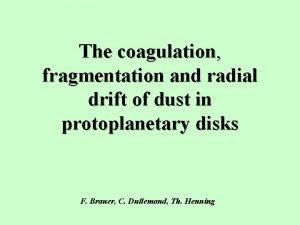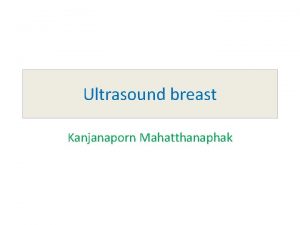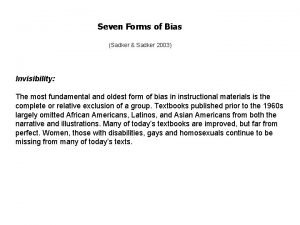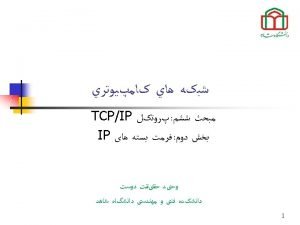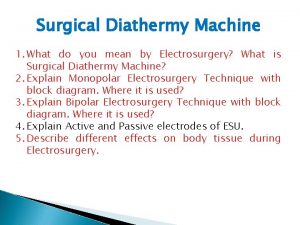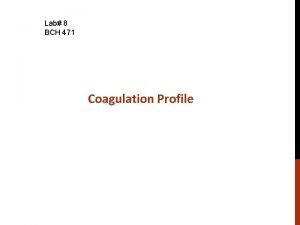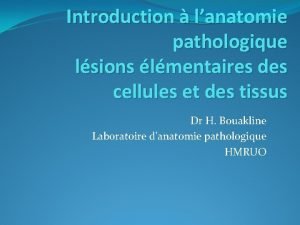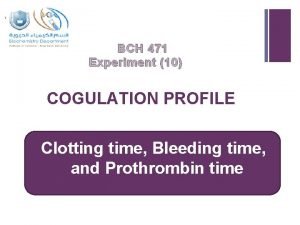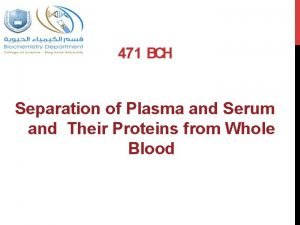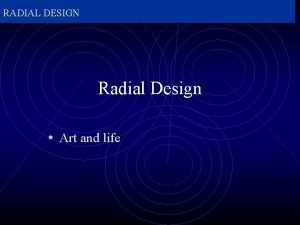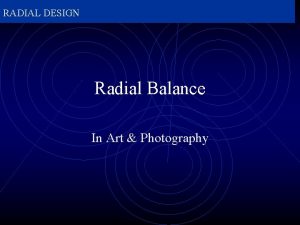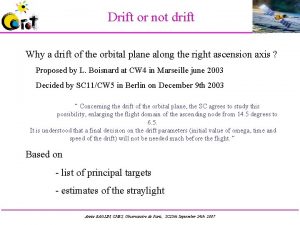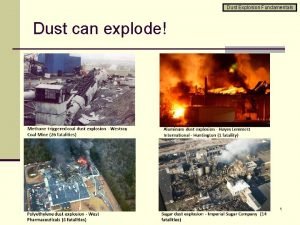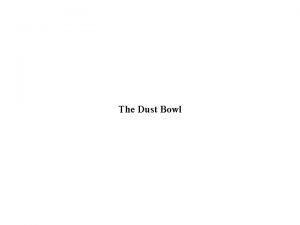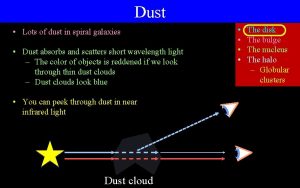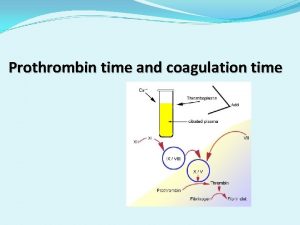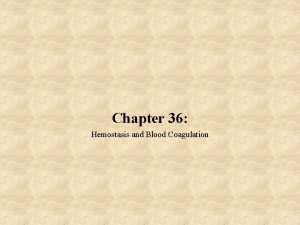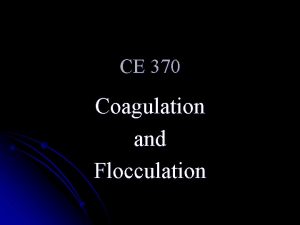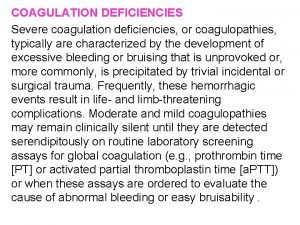The coagulation fragmentation and radial drift of dust

















- Slides: 17

The coagulation, fragmentation and radial drift of dust in protoplanetary disks F. Brauer, C. Dullemond, Th. Henning

Who am I? Born march 14 th 1980 in Eisenach (Thüringen) Studied physics in Jena 1999 -2005 Diploma in Quantum theory (2005) Hopefully Ph. D in 2008 Main hobby .

What is this talk about? Question: Can planetesimals form by dust particle coagulation? (To give an impression about dust particle growth) Step I - Coagulation at a certain radius No radial motion, no fragmentation Step II - plus radial motion of the dust Step III - plus fragmentation

The disk model Disk r - We consider a turbulent disk - An initial dust to gas ratio of 10 -2

Step I Coagulation at a fixed radius No fragmentation No radial motion of the dust

One word about growth mechanisms We will consider 3 different growth mechanisms: 1 - Brownian motion 2 - Differential settling 3 - Turbulent coagulation

The particle distribution after 1 Myrs ( Coagulation / NO radial drift / NO fragmentation ) km size bodies The initial distribution cm size particles

Step II Coagulation + radial drift/mixing No fragmentation

One word about the radial drift of the dust - In a protostellar disk the dust particles drift inward - We adopt the radial drift of individual particles in our model A maximum radial drift of Region of fa st radial drif t some 10 meters per second Which particles drift so fast?

The particle distribution after 1 Myrs ( Coagulation + radial drift / No fragmentation ) No km size bodies No cm size bodies Maxi m um r adial drift line

How do we get larger particles? Change some disk parameters?

Changing the dust to gas ratio Particle distribution after 103 yrs ( Coagulation + radial drift / NO fragmentation ) Maximu m radial drift line

Step III Coagulation + radial drift/mixing + fragmentation

One word about fragmentation • Fragmentation velocity : 10 m/s • Shattering results • Complete destruction & Cratering Between equally large bodies Small grains collide with larger bodies

The particle distribution after 103 yrs ( Coagulation + radial drift + fragmentation ) M Maaxxim imuum mrraaddi i aal lddrrifif tt Dust to gas ratio of 0. 05

3 things to take away 1 2 3 - The dust to gas ratio is a highly important disk parameter. - The dust can grow beyond the radial drift barrier for dust to gas ratios not much higher than 0. 01. - The dust can grow beyond the fragmentation barrier for low turbulent disks. (Even though I do not show that here) Conclusions It is possible to form planetesimals by coagulation. (Even though it is quite difficult)

Thank you for your attention
 Radial drift
Radial drift Anti radial vs radial ultrasound
Anti radial vs radial ultrasound Fragmentation and isolation bias
Fragmentation and isolation bias Combined paging and segmentation
Combined paging and segmentation Ip fragment
Ip fragment Block diagram of diathermy machine
Block diagram of diathermy machine Disseminated intravascular coagulation pathophysiology
Disseminated intravascular coagulation pathophysiology Slide method clotting time principle
Slide method clotting time principle Coagulation pathway made easy
Coagulation pathway made easy Coagulation profile test
Coagulation profile test Idrosadenoide
Idrosadenoide Primary platelet plug formation
Primary platelet plug formation Coagulation factors
Coagulation factors Examples of dextrinisation
Examples of dextrinisation Yolk composition
Yolk composition Coagulation profile test
Coagulation profile test Salting out
Salting out Coagulation casecade
Coagulation casecade
